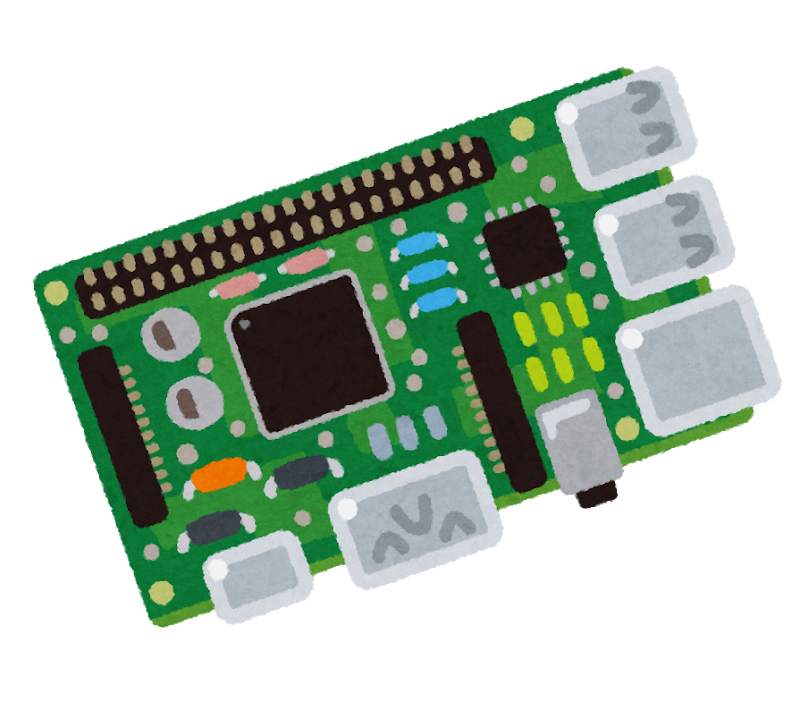

Re reverse proxies, not exactly. Tried reading vanilla nginx configs and trying to understand nginx proxy manager, couldn’t grasp either. Also gave haproxy a shot.
rpm-ostree
I guess I don’t exactly understand the value of rebasing the core system. Small atomic core with snapshot-based rollbacks, with containerized beyond core stuff seems to get you 99% of the way there, no?






Technically true, but FOSS isn’t “free” in the sense that someone is contributing labor to build and maintain the software. Free to use, but not free to make. I personally wouldn’t expect or shame a person for using FOSS without contributing. But if you make a profitable business off a FOSS project, it seems reasonable to expect some form of contribution back to the project - not because it is technically required, but because who better to sponsor a project than someone profiting from it?